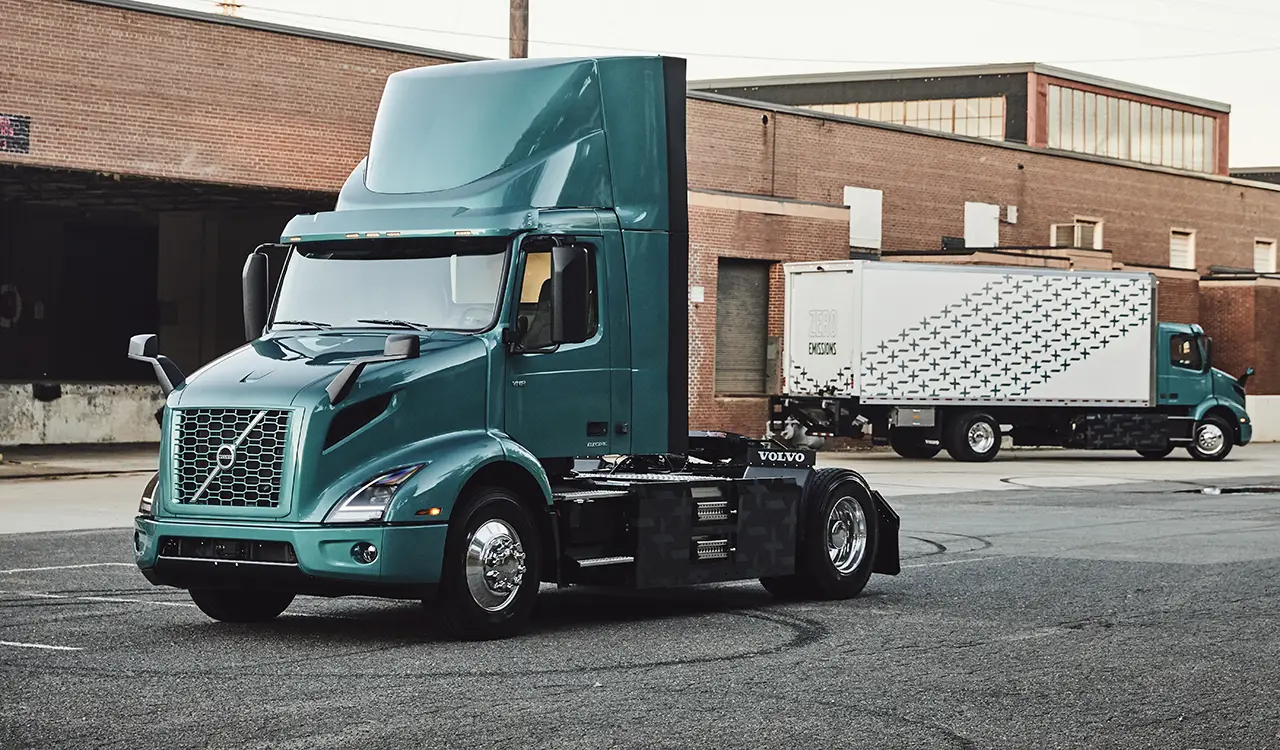The Tesla Semi and Volvo VNR Electric represent two major players in the burgeoning electric truck market. These models are noteworthy for their integration of cutting-edge technology, environmental efficiency, and potential to transform the transportation industry. This comparison will guide readers through their differences, helping potential buyers and enthusiasts make informed decisions.
Pricing and Trim Levels: Tesla Semi vs Volvo VNR Electric
When choosing an electric vehicle, pricing and trim levels play a crucial role in the decision-making process.
-
💰 Base Model Pricing: The Tesla Semi starts at approximately $150,000, featuring a range of around 300 miles per charge. The Volvo VNR Electric starts at around $350,000 but focuses on regional transport needs with a range of up to 150 miles.
-
🚀 Performance Trims: The Tesla Semi offers a variant with a 500-mile range priced at $180,000, emphasizing long-haul capabilities. In contrast, Volvo’s high-end trims enhance comfort and regional usability but do not drastically extend the range.
Design and Exterior Features: Tesla Semi vs Volvo VNR Electric
Design and exterior features significantly influence an electric vehicle's appeal and functionality.
-
🎨 Aerodynamic Design: The Tesla Semi boasts a sleek, aerodynamic design reducing drag and enhancing range. The Volvo VNR Electric integrates its classic truck design with subtle aerodynamic improvements.
-
💡 Lighting and Aesthetics: Tesla Semi's full LED lighting provides modern aesthetics and improved visibility. The Volvo VNR features robust LED headlights tailored for safety and endurance.
-
🚪 Unique Features: Tesla’s side cameras replace traditional mirrors, reducing drag and expanding visibility. Volvo VNR incorporates distinctive grille designs promoting efficient airflow.
-
📏 Exterior Dimensions: The Tesla Semi is longer and taller, accommodating more cargo, whereas the Volvo VNR’s compact design aids in maneuverability suitable for urban environments.
Interior and Cabin Space: Tesla Semi vs Volvo VNR Electric
Interior comfort and space are crucial for drivers spending long hours on the road.
-
🪑 Seating and Comfort: Tesla Semi features a centered driver's seat and two additional seats, offering panoramic visibility. Volvo VNR emphasizes ergonomics with a driver-focused cockpit and optional integrated sleeper cabin.
-
📱 Technology Integration: Tesla's dual touchscreen interface provides navigation and vehicle controls. Volvo's infotainment system integrates with driver-assist features, focusing on driver convenience.
-
🧳 Storage and Utility: Tesla Semi offers ample in-cabin storage for personal items, while Volvo VNR capitalizes on its cabin design to provide multiple storage compartments and practical spaces.
Performance and Acceleration: Tesla Semi vs Volvo VNR Electric
Performance and acceleration are key factors, especially in electric trucks meant for carrying heavy loads.
-
⚡ Acceleration and Speed: Tesla Semi can accelerate from 0 to 60 mph in 20 seconds with a full load, showcasing superior power. Volvo VNR Electric focuses on smooth acceleration tailored for urban and regional routes.
-
🛞 Handling and Drive Modes: Tesla features advanced traction control and regenerative braking, enhancing handling. Volvo offers drive modes designed for different load conditions, prioritizing efficiency and safety.
Range and Battery Options: Tesla Semi vs Volvo VNR Electric
Range and battery options are critical considerations for potential EV buyers.
-
🔋 Battery Options: Tesla Semi provides a choice between a 300-mile and a 500-mile battery pack. Volvo VNR offers a 264 kWh battery pack, ideal for short to medium-range routes.
-
🌍 Real-World Range: Tesla’s real-world range performance shines with its longer hauls, while Volvo’s range is optimized for regional and urban transport demands.
Technology and Safety Features: Tesla Semi vs Volvo VNR Electric
Technology and safety features enhance the driving experience and ensure the safety of driver and cargo.
-
🤖 Driver Assistance Features: Tesla's Autopilot offers semi-autonomous driving features. Volvo includes a comprehensive package of driver-assistance technologies.
-
🚘 Full Self-Driving (FSD): Tesla's FSD capabilities are not yet fully realized but promise future updates. Volvo focuses on advanced driver assist rather than full automation.
-
🛡️ Active Safety Features: Both models include collision avoidance and emergency braking systems, enhancing safety.
-
⭐ Crash Test Ratings: Tesla Semi has yet to receive official crash ratings, while Volvo is known for its robust safety features and solid testing results.
Charging Options and Infrastructure: Tesla Semi vs Volvo VNR Electric
Charging options and infrastructure are essential for maintaining vehicle uptime.
-
⚡ Home Charging: Tesla offers home charging stations with significant power output. Volvo provides options compatible with standard industrial chargers.
-
🌍 Public Charging Networks: Tesla's extensive Supercharger network offers a clear advantage over Volvo’s reliance on third-party networks.
Charging Speed: Tesla Semi vs Volvo VNR Electric
Charging speed impacts the convenience and operational time of electric trucks.
-
⚡ Home Charging Speed: Tesla provides fast home charging solutions with Wall Connectors. Volvo offers slower speeds due to larger battery needs but remains practical for overnight charging.
-
🌍 Fast Charging Speed: Tesla’s Supercharger can significantly reduce downtime, while Volvo’s fast charging options are emerging but not as widespread.
-
🛠️ Third-Party Chargers: Tesla and Volvo both are compatible with many third-party chargers, although speed and availability favor Tesla.
Customization Options: Tesla Semi vs Volvo VNR Electric
Customization options allow buyers to personalize their EVs to fit their brand and operational needs.
-
🎨 Exterior Colors: Tesla offers a limited but iconic color palette, while Volvo provides more traditional options suitable for corporate branding.
-
🛞 Wheel Designs: Tesla's aerodynamic wheels enhance performance, whereas Volvo offers rugged designs catering to durability.
-
🪑 Interior Trims: Tesla focuses on minimalistic interiors with premium materials, while Volvo provides a variety of practical and comfortable trims.
Conclusion: Tesla Semi vs Volvo VNR Electric
The Tesla Semi and Volvo VNR Electric both offer unique strengths and considerations for potential buyers.
-
✅ Strengths of Each Model: Tesla Semi excels in range and charging infrastructure, ideal for longer routes. Volvo VNR is designed for urban efficiency and comfort, with a focus on safety.
-
❌ Considerations: Tesla’s higher initial cost and technology dependencies may concern some buyers. Volvo's limited range may not suit those needing long-haul capabilities.




